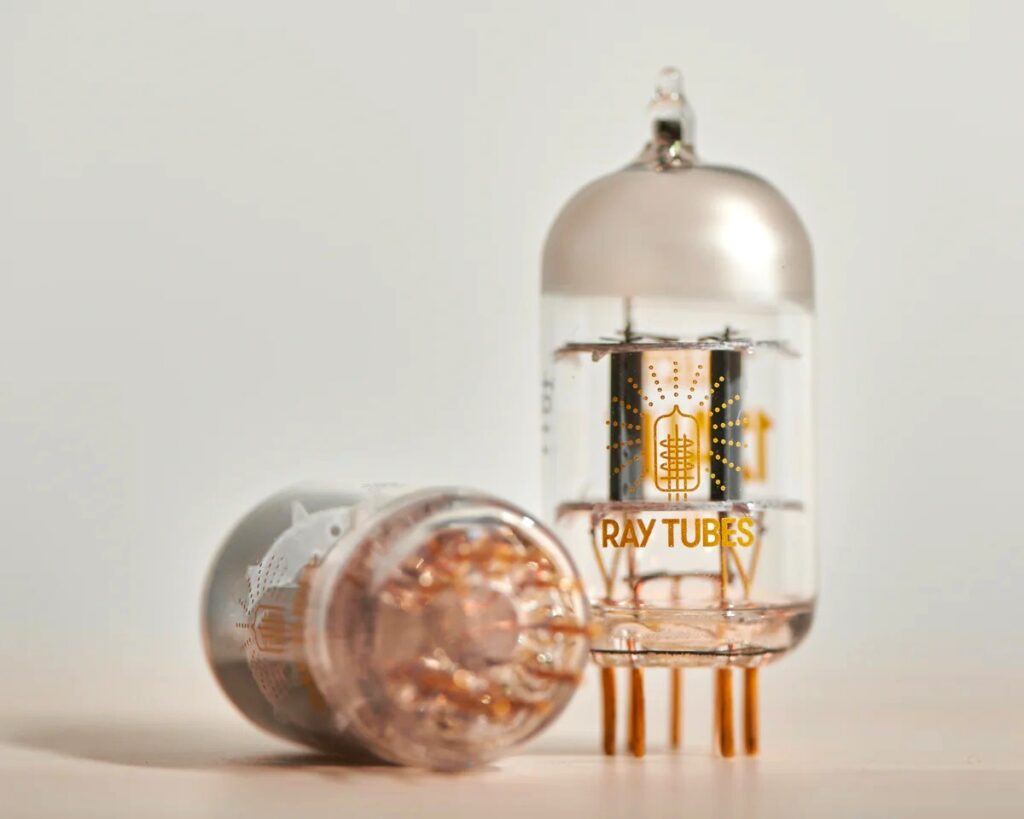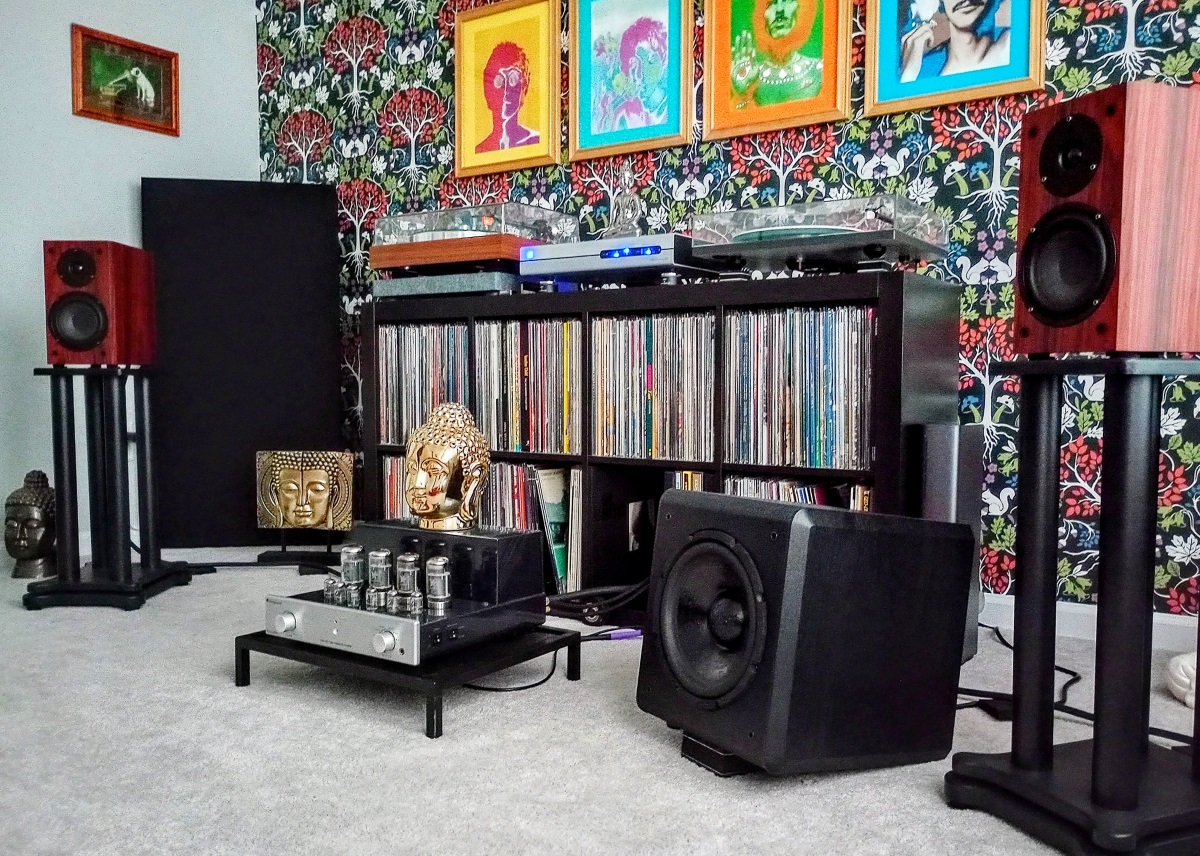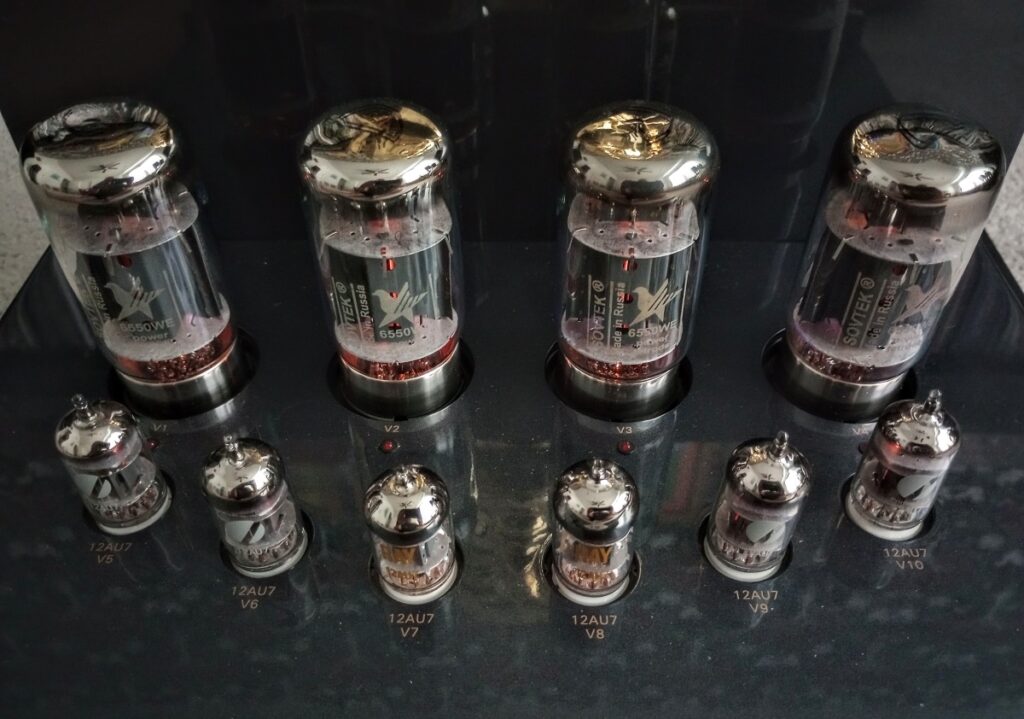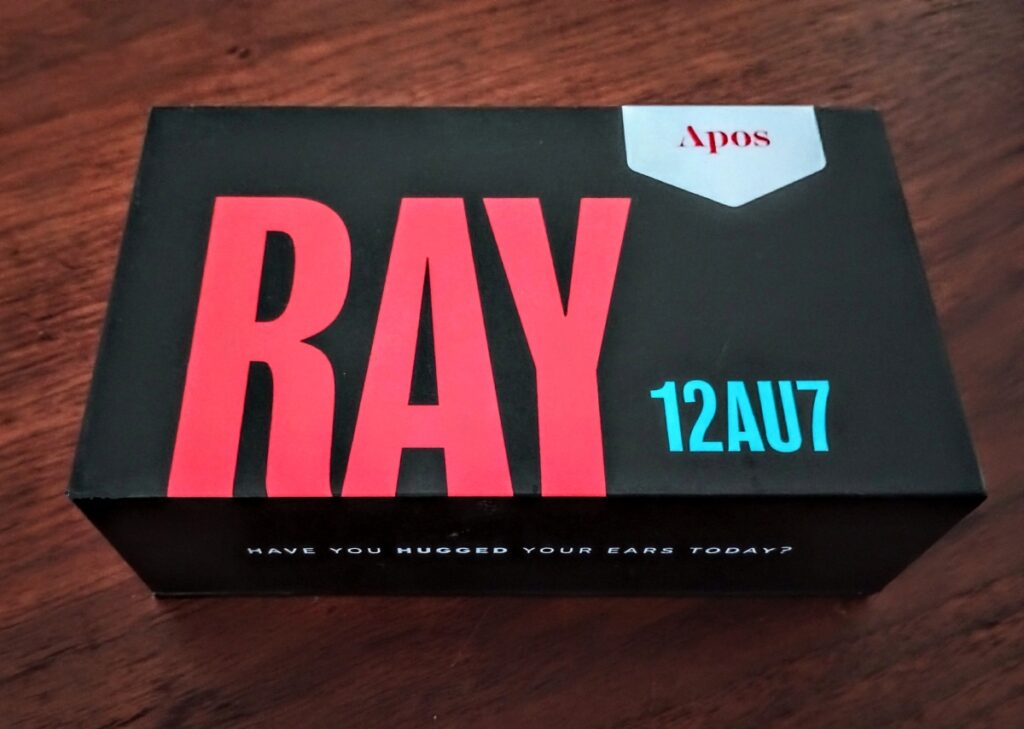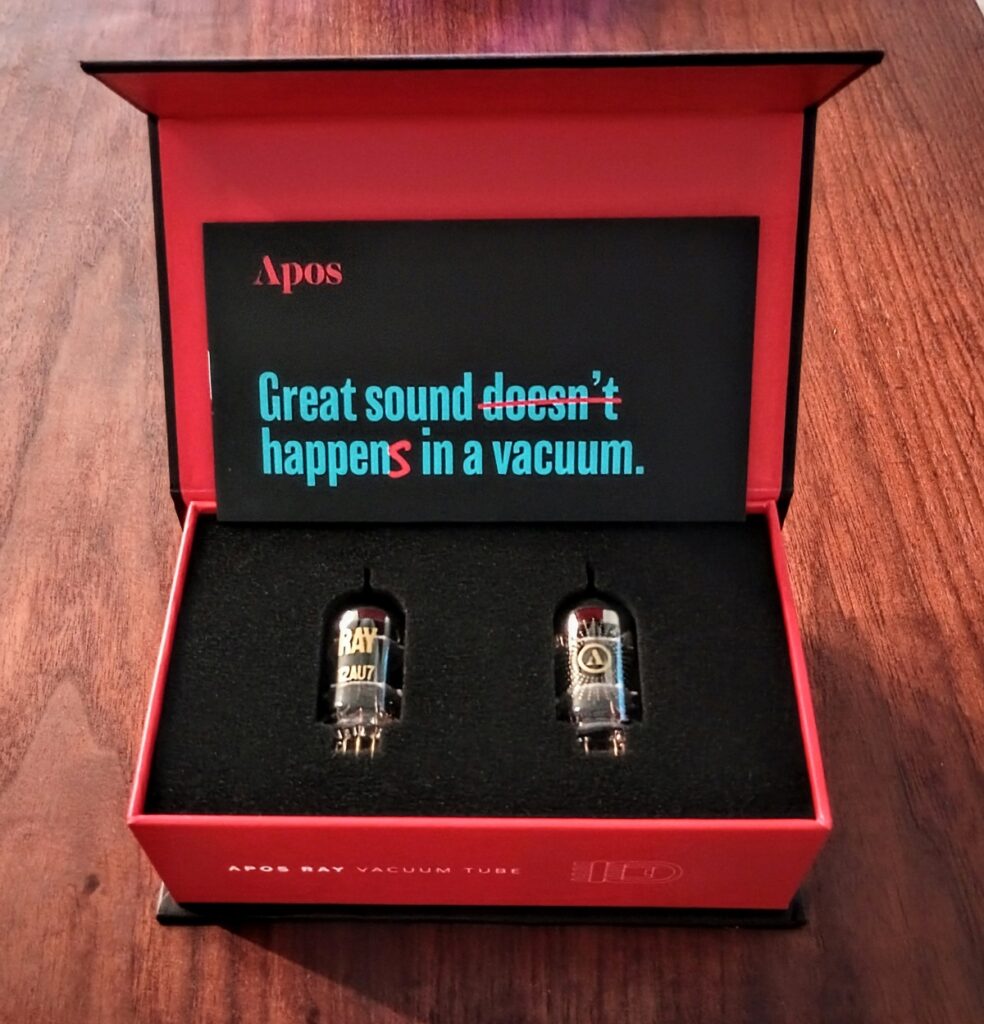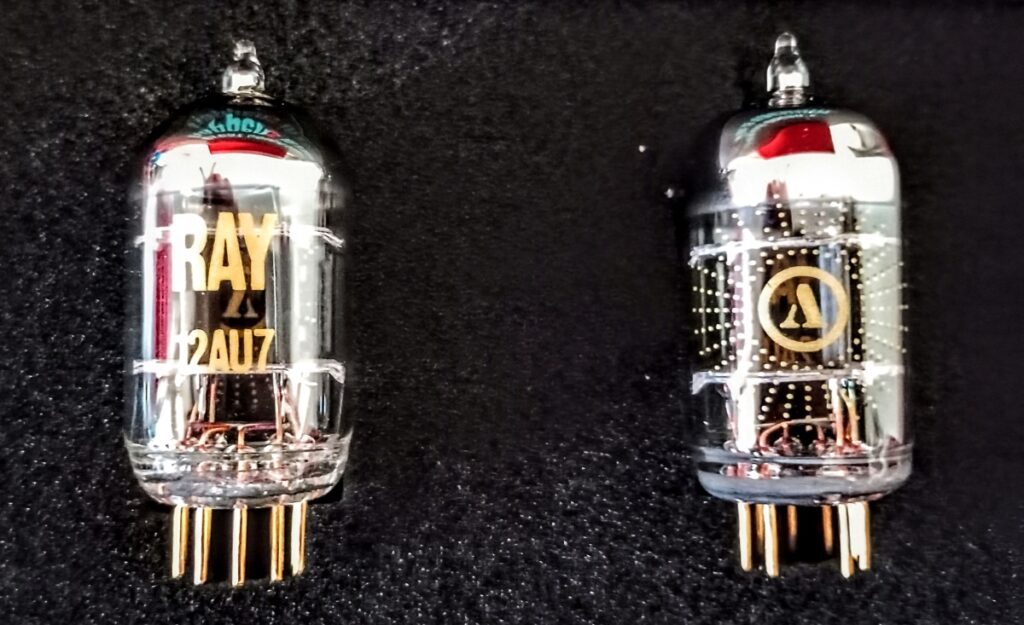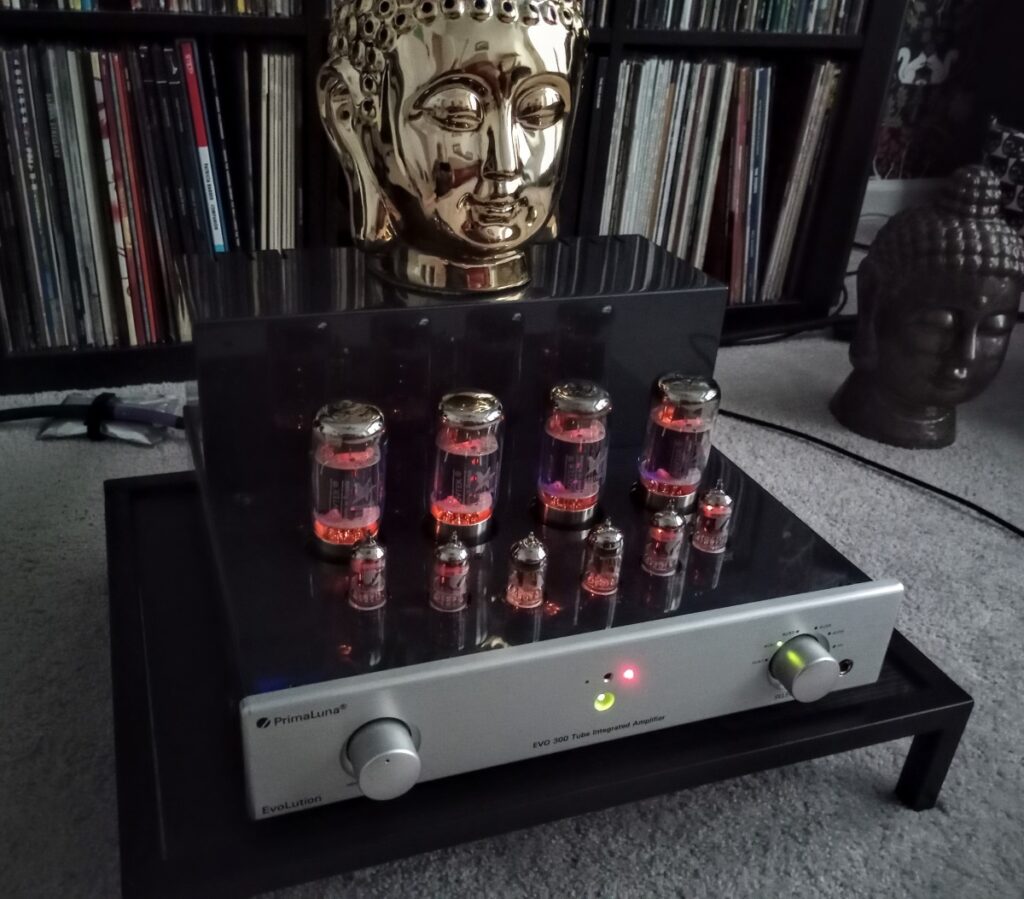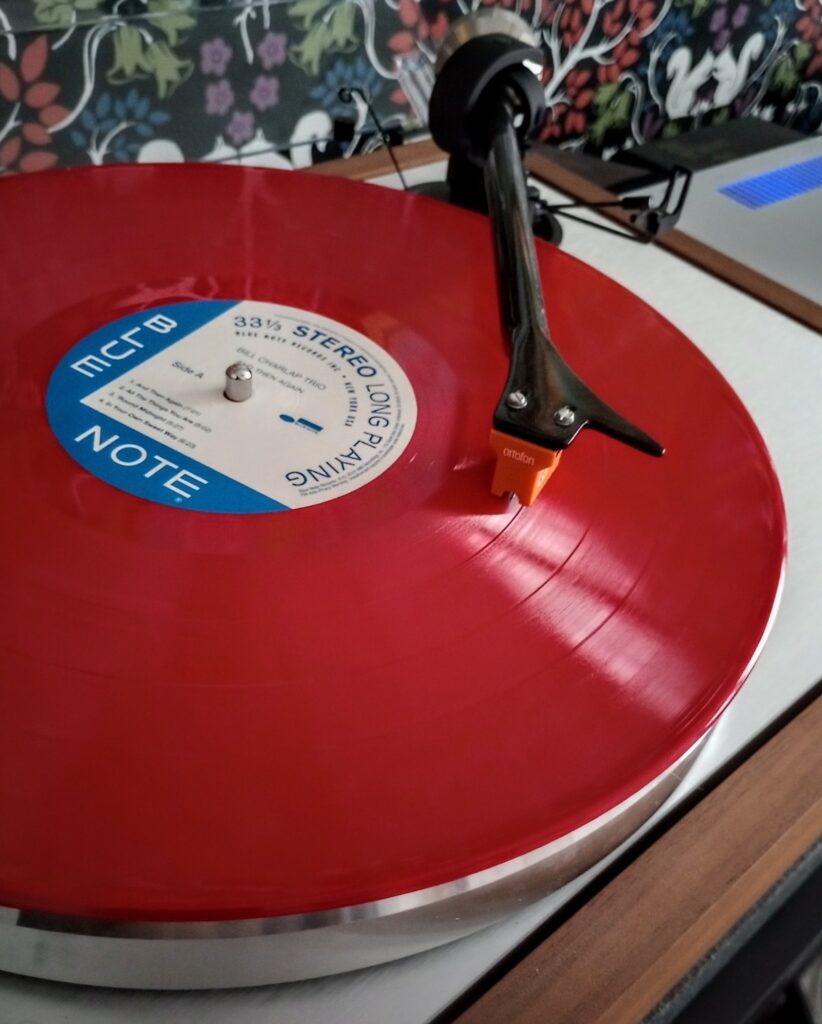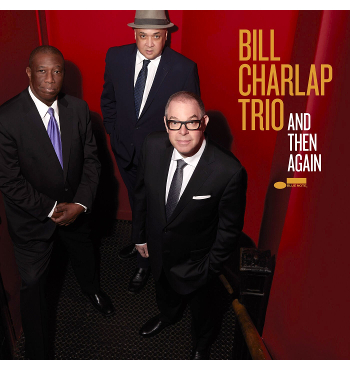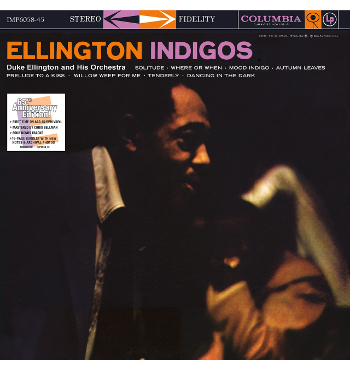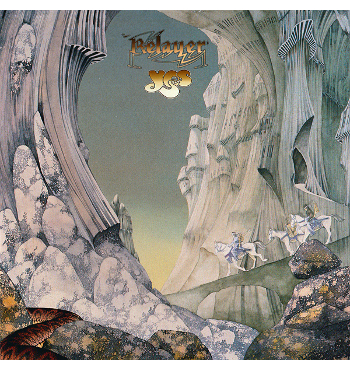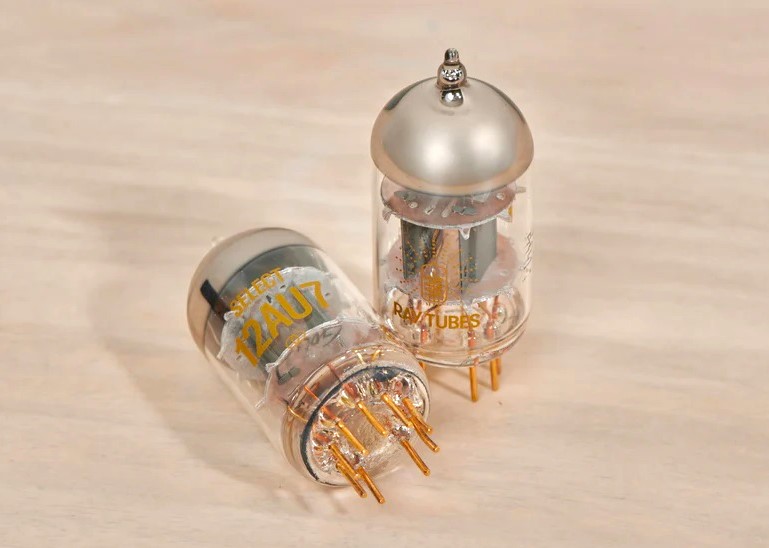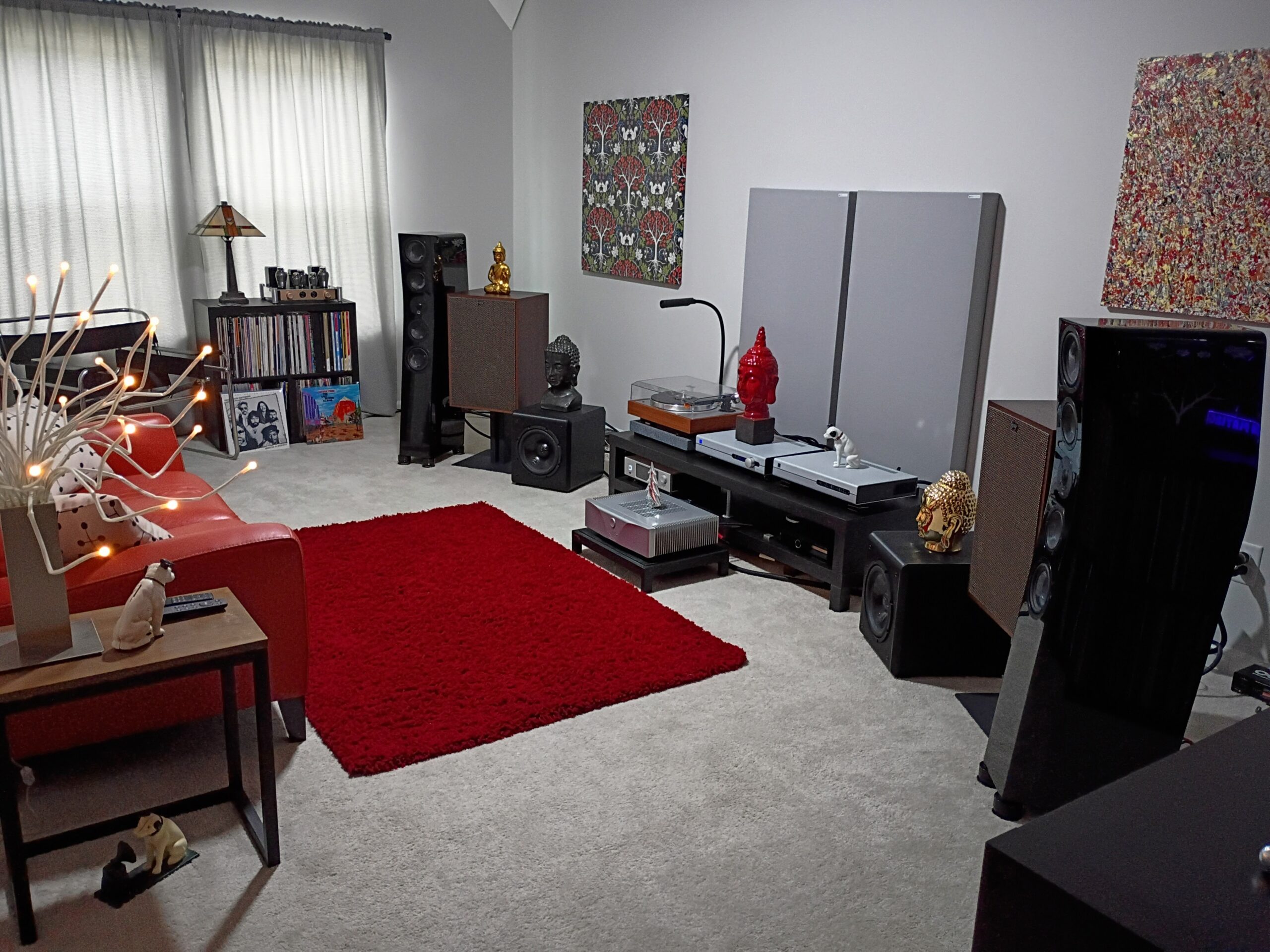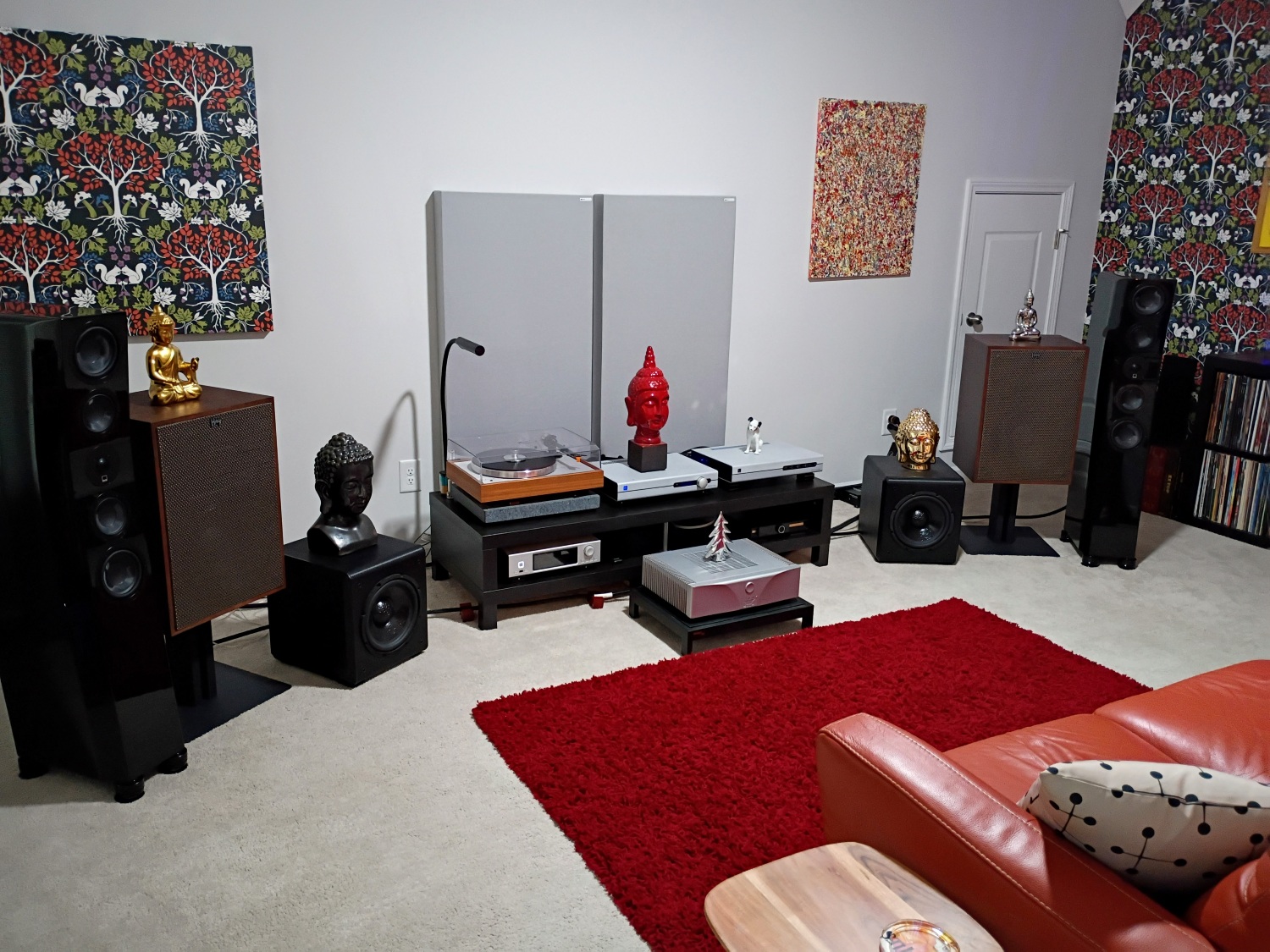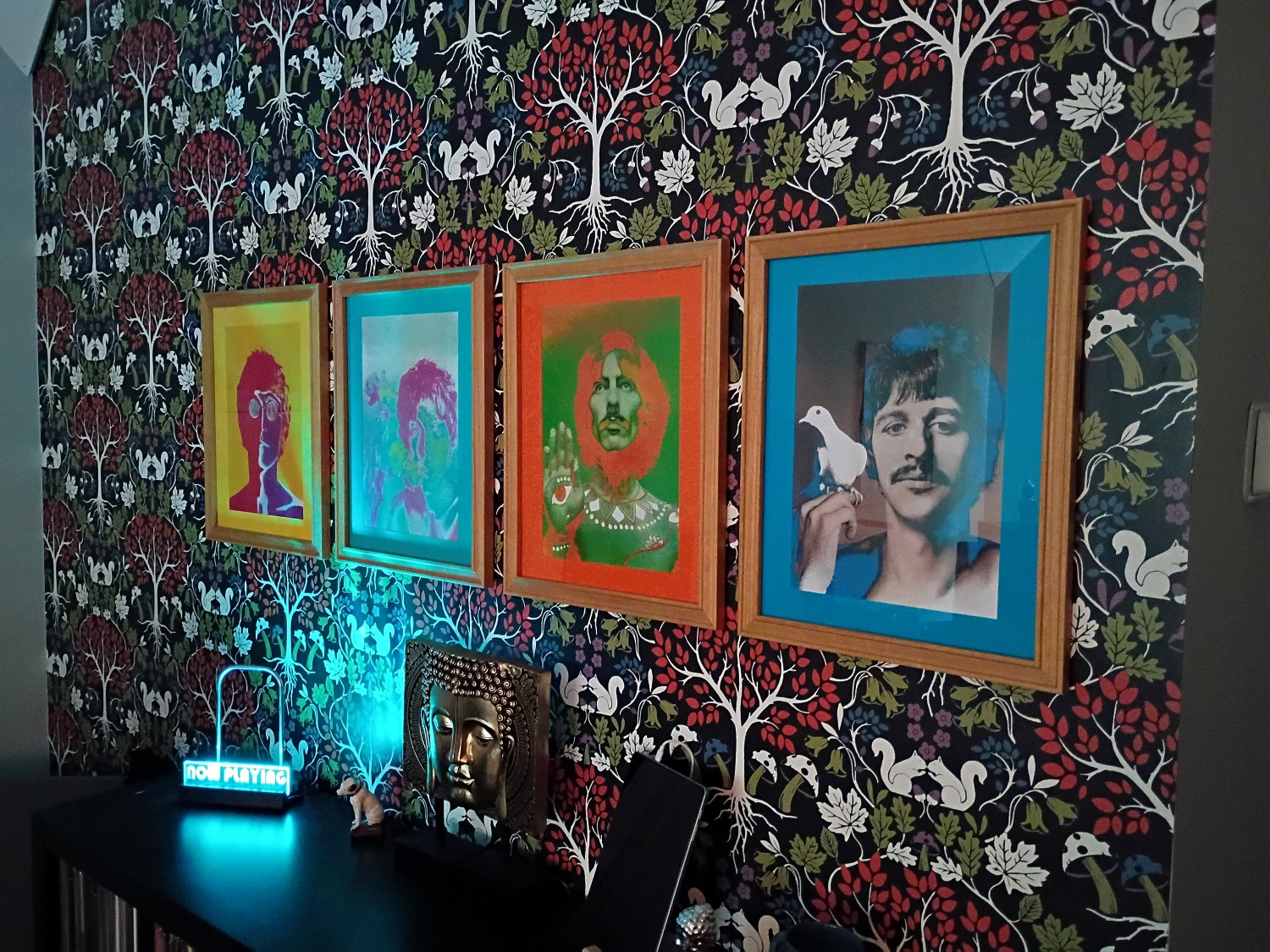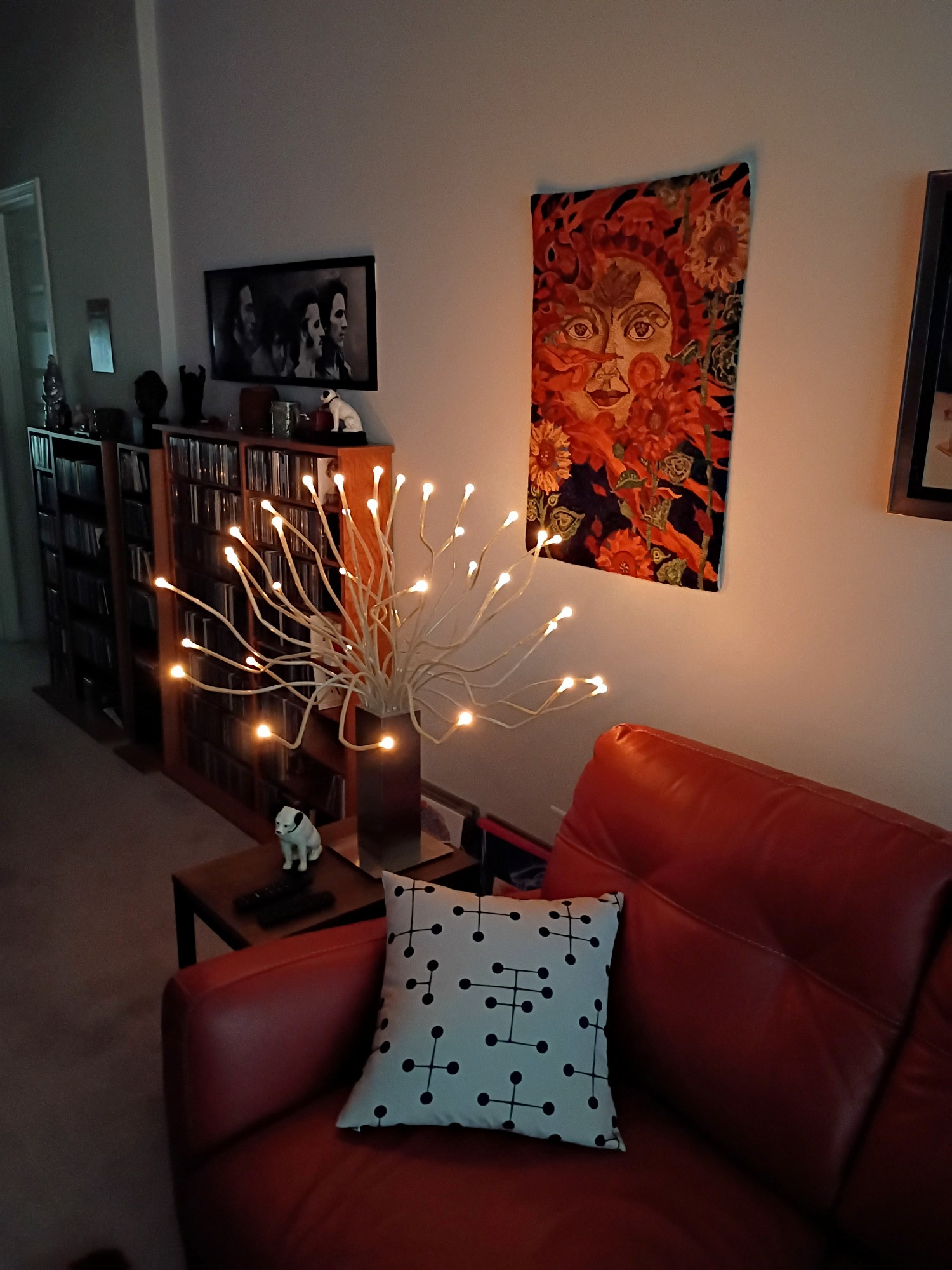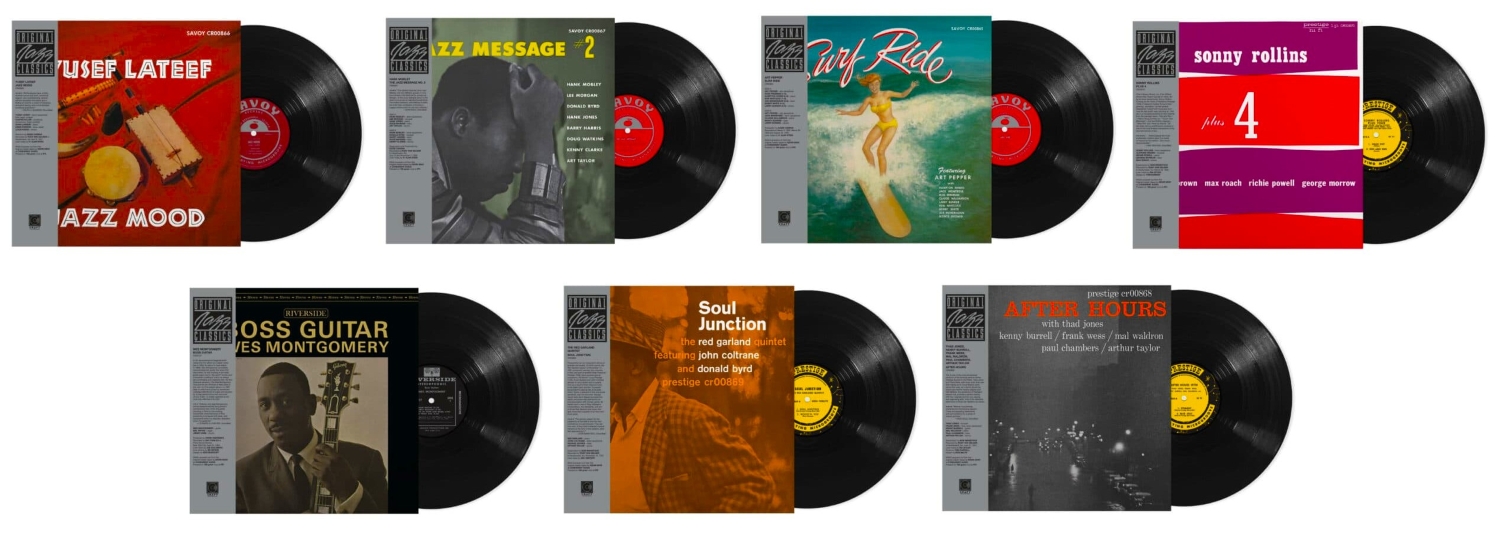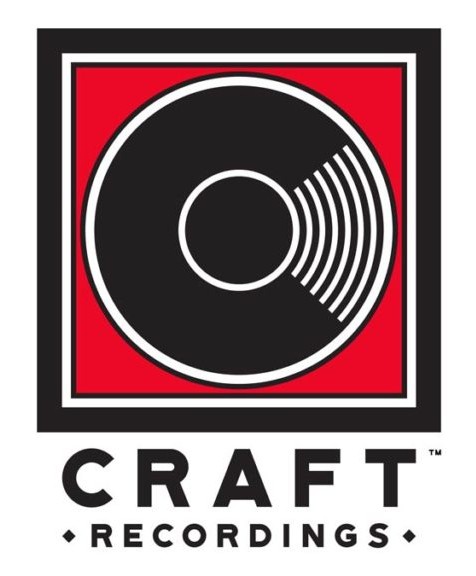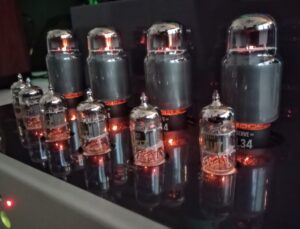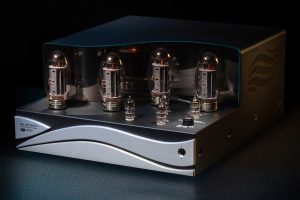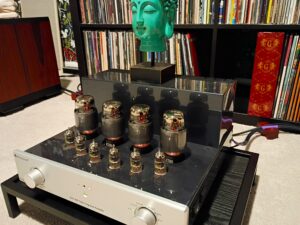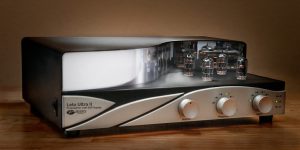I've been working with John Soriano of Apos Audio on a number of recent equipment reviews, and through our regular contacts, I discovered a few months ago that Apos would soon be marketing their own line of self-branded premium vacuum tubes. That news excited me to no end, especially when I learned that among the first tubes they'd be bringing to market included a matched pair of 12AU7 dual-triode tubes, which are exact replacements for the preamp tubes used in my PrimaLuna EVO 300 tube integrated amplifier. I'd had the EVO 300 since early in 2020, and it was still equipped with the original complement of stock, PrimaLuna-branded tubes, which included a quad of EL34 power tubes and six 12AU7 input (two total) and driver (four total) tubes. I'd been scouring the internet for information regarding tube upgrades for the EVO 300, even though by my estimate of the number of hours on them, they were nowhere even close to needing replacement. Especially considering Upscale Audio's (PrimaLuna's US distributor) online estimate of tube life in PrimaLuna's amps, which was significantly higher than the hours I currently had on the stock tubes. Regardless, I was constantly thinking about the most cost-effective upgrade to the EVO 300's performance, which conventional wisdom seemed to hold would be to replace the pair of 12AU7 input tubes. And preferably with something vintage and NOS (New Original Stock), which in tube lingo shorthand usually translates into large bucks!
I reached out to John in March about getting a matched pair of Apos RAY 12AU7 tubes for evaluation. At that point, Apos was offering two different "premium" tube options, 12AU7 tubes (typically for preamps) and 6SN7 tubes (typically for amplifiers), with both varieties featuring gold pins, higher tolerances, and more careful tube matching. The Apos RAY 12AU7's had an MSRP of $179.99 for a matched pair, and were being touted online as a "substantial upgrade from standard NOS tubes." While John agreed to send the matched pair of 12AU7's, change was on the horizon—more about that in just a bit. Anyway, I was really looking forward to getting a chance to upgrade the EVO 300 with a pair of premium replacement input tubes!
And Just Like That - The Wheels Came Off!
It took longer than I might have expected for the Apos RAY tubes to arrive, and over the period of weeks while I waited, the PrimaLuna EVO 300 tube integrated unexpectedly and majorly malfunctioned—or at least, so I thought. The sound quality suddenly became almost "phasey" in tone; everything I played sounded absolutely awful, and I went through every possible step to eliminate anything else in the system that might be the culprit. In the end, it was in fact, the amp—the quad of PrimaLuna-branded power tubes had failed, and apparently all at the same time! The folks at Upscale Audio were exceptionally helpful, and were already aware that I use the EVO 300 for countless equipment and music reviews. Ken Davis, their service manager, assisted me in getting two different, upgraded flavors of replacement power tubes, including a matched quad of premium Gold Lion KT77's, as well as a matched quad of Sovtek 6550's. He sweetened the deal by throwing in a Platinum Grade, matched pair of vintage, NOS (New Original Stock) Brimar 12AU7 input tubes, which he assured me would elevate the EVO 300's sound quality infinitely. The existing PrimaLuna 12AU7 tubes have an estimated lifespan of somewhere in the neighborhood of 10,000 hours, so there was no inherent rush to replace any of those—except the pair of input tubes.
The Apos RAY 12AU7 tubes finally arrived, and shortly thereafter, the shipment of replacement tubes from Upscale Audio. I needed to establish a baseline for the sound of the EVO 300 with the new tubes (especially the power tubes), as well as confirming that they all worked properly within the warranty period. So I first inserted the matched quad of Gold Lion KT77's, leaving the PrimaLuna 12AU7's that were already in place to begin with. After about fifty hours, the sound of the EVO 300 changed dramatically from what I'd been used to for four years, suddenly showing increased musicality, a more detailed presentation, and improved imaging. Stunned beyond belief, I then inserted the NOS Brimar input tubes in the two center positions; after a couple of days, the EVO 300's sound now took on a newfound sweetness in the mids and highs that shocked my ears with its goodness! The high frequencies sparkled in a way I'd never heard through this amp before, which I'd always considered to be a very good tube amp. With the new Gold Lion and Brimar tubes in place, the EVO 300 suddenly became an exceptionally good tube amp!
Of course, at the point where my joy was at its zenith, where things couldn't possibly get any better, where the sound was sooooo unbelievably good—that's where the wheels came off for a second time in less than a month. During a listening session, the EVO 300 suddenly went into protection mode as one of the brand new Gold Lion KT77 power tubes failed, utterly and completely. So once again, I had to go through the tube replacement process with Upscale—which, even though it was only for a single tube—still took the same amount of time for them to process. Fortunately, I had the backup set of Sovtek 6550's on hand, and swapped them out for the Gold Lions while I waited. It would be a different experience, because the 6550's are a higher bias tube with somewhat higher output than the KT77's. At that point, already having a familiarity with the sound of the Brimar input tubes, I left them in place, and once again, waited until I had about fifty hours on the Sovteks before I did any critical listening. My record review schedule suffered immensely during this period of downtime and trial-and-error, to say the least!
I have to be honest, I was expecting the sound of the Sovteks to perhaps be underwhelming in comparison to what I'd been hearing from the Gold Lions, but nothing could be further from the truth! Not only was I now hearing everything I heard through the Gold Lion KT77's, but the music playback now had teeth! Every LP I played now had a more powerful, visceral, and dynamic presentation, but also had the musicality and clarity of the Gold Lions—I definitely wasn't expecting this! Of course, much of the credit in the overall improvement of the sound of the EVO 300 has to go the Brimar 12AU7's, which are the ne plus ultra of NOS small-signal input tubes, but with the Sovteks in the chain, my enjoyment of LP playback was unexpectedly elevated to a serious new level of goodness!
The Apos RAY—Make that, RAY Tubes—Finally Take the Stage!
As I mentioned earlier, change was in the air. It turned out that the Apos branded tubes were produced in collaboration with a new company, RAY Tubes, to assist them with their initial product launch. But in the months that followed, the early response to Apos RAY tubes was so successful that RAY Tubes decided to take the logical next step and proceed with a self-branded product line. That line now encompasses three different grades of vacuum tubes: "RAY Core" is their baseline tube; "RAY Select" is a premium upgrade version (that matches the specs of the tubes I was sent); and "RAY RESERVE" is a super premium upgrade version. RAY Tubes' product line has recently expanded to include a 12AX7 preamp tube, along with EL34 and KT88 power tubes. Currently, only the preamp tubes (12AU7/12AX7) are available in choices of Core or Select varieties; all power tubes are only available in the Select variety, except for the 6SN7, which is also available in the super-premium Reserve variety. Apos Audio continues to be the exclusive US distributor for RAY Tubes.
The matched pair of tubes I received from Apos Audio were designated as "Apos RAY," but they are in fact RAY Select 12AU7's. In terms of their appearance, they're probably among the nicest looking tubes I've ever come in contact with, though I take looks with a grain of salt, especially when it comes to vacuum tubes. The NOS Brimars are close to 80 years old and don't get many style points for their appearance, but the quality of sound they bring to the EVO 300 simply flabbergasted me! Anyway, the appearance and presentation of the RAY tubes are indeed exceptional. The matched pair was delivered in a fancy, heavily-varnished, beautifully printed display box with a magnetic latch, and the tubes arrive inserted into a die-cut foam liner within the box that perfectly preserves them during shipping. My first impression of the RAY tubes was overwhelmingly positive—especially considering that the uber-expensive tubes that came from Upscale were all shipped with each individually encased in the usual thin paper boxes, covered with bubble wrap, and shoved into a cardboard box. So much for first impressions!
RAY Tubes' new website offers improved online access to specifications for the individual tube varieties, and goes more in-depth in terms of how the tubes are measured, graded, and matched. Select tubes are pulled from the top 4% of the Core tubes, they're then measured and matched into pairs (or individually), and then all tubes are screen printed with the corresponding grade logo. Select tubes also come with gold plated pins, which add to their durability and overall impression of excellence. In terms of where the tubes are made—they're definitely manufactured in China, but there's little to no information as to exactly where or by whom—I'm fairly certain RAY Tubes isn't manufacturing them on their own. But no one I've come in contact with has been complaining about the quality of the RAY Select tubes—everyone seems to be in love with every aspect of them, except maybe the somewhat high $179.99 matched pair price tag.
After listening to the EVO 300 tube integrated with the Sovteks and Brimars for about a week, I then replaced the Brimar input tubes with the RAY Select 12AU7's. Again, I waited several days before doing any seriously critical listening to the system.
Listening Results
Clicking on my name in the header above will allow you to see the full complement of components in my dual audio systems. The all-analog system is set up in a near-field listening arrangement, and features a pair of Vanguard Scout standmount compact monitor loudspeakers. The Scouts embody a slightly more modern conception of the design principles personified by classic British monitors like the LS3/5As, and run full-range in tandem with a Caldera 10 subwoofer that adds a couple of octaves to their bass response. That setup also incorporates the excellent PS Audio Stellar phono preamp, and everything is powered, of course, by the PrimaLuna EVO 300 tube integrated amplifier with its new complement of upgraded tubes. LP playback for this evaluation was handled by my ProJect Classic EVO turntable that's mounted with an Ortofon Quintet Bronze MC cartridge. AC power conditioning is courtesy of AudioQuest and Vera-Fi Audio, and all interconnect and speaker cables are from Audio Art Cables. The system's vintage style hearkens back to the analog glory days of yore, and its classical, but modern and dynamic tube-based sound enhances my enjoyment of LPs infinitely!
With the PrimaLuna EVO 300, even though it uses a total of six 12AU7 dual-triode, small-signal tubes, only the center pair—which are the input tubes—contribute significantly to the amp's overall sound quality. The remaining four 12AU7s are driver tubes, and are basically low-level functionaries in the big picture, which seems to be the way of things with tube amps in general. That makes the expenditure for a pair of premium input tubes much less painful than it otherwise might be, with only 2x the cost versus 6x, which could be prohibitively expensive! Based on my experiences thus far with the Brimars and RAY Selects—the change in input tubes definitely makes a difference, and I can't believe I waited over four years to experiment with different choices. While changing power tubes can create a fairly significant shift in any amplifier's sound, changing the small-signal input tubes is definitely the icing, allowing you to custom-tune your amps' overall flavor. While PrimaLuna gets fairly high marks for their own brand of tubes—which I'm fairly certain are manufactured by Psvane in China—their small-signal tubes obviously can't compare with premium new production and NOS models from other manufacturers. My experiences with RAY Select and Brimar tubes bear out that conclusion unequivocally.
RAY Select tubes are extremely low noise, present the uber critical mids and highs with no trace of coloration during playback, and allow the music to shine though unadorned by hiss or any other anomalies—if you hear any noise at all, it's definitely within the record grooves. Select tubes heightened my impression of the PrimaLuna's portrayal of the music I love, offering a more musically detailed presentation, with improved clarity and a better rendering of instrumental textures. There was an abundance of more well-defined, better controlled, and deeper bass. While the stock PrimaLuna tubes are quite good at their price point, the Select tubes offered a much greater degree of realism to the sound; you could more easily visualize the performers in the soundstage projected by the loudspeakers. And the treble range definitely sparkled, if perhaps without quite the same level of euphoria that the Brimars impart to the sound of the EVO 300. In comparison to both Select and Brimar small-signal tubes, the stock PrimaLunas sounded relatively dull and lifeless.
An LP that's been in constant rotation since arriving is And Then Again (2024, Blue Note Records) from the Bill Charlap Trio. It's a live date featuring mostly standards that was recorded last year at NYC's venerable Village Vanguard, and Blue Note's recorded sound on this record is breathtakingly good. One track that highlights the capabilities of the RAY Select tubes is the side one closer, Dave Brubeck's classic "In Your Own Sweet Way." About a minute into the track, the pace of the tune slows, and Kenny Washington deftly takes the lead on drums, delicately tapping the cymbals while gently stroking the skins. The effect is mesmerizing, and through the Select tubes, you can really hear the metallic shimmer and sheen of the cymbals in tandem with the muscularity of the drum heads. As Bill Charlap's piano reemerges, the realism is staggeringly good; the RAY Select tubes helped provide an amazingly palpable illusion of his piano and of the recorded acoustic of the Village Vanguard with precision and perfection.
Another jazz album that's seen regular rotation here is the recent Impex Records 45 rpm reissue of Duke Ellington's Ellington Indigos. It's an astonishingly good LP set, and the brilliance of Impex's new reissue allows the glorious sound of the original 1957 recordings to shine through. The whole "indigo" concept revolves around Ellington and his men slowing things down to a much deeper shade of blue, and all of the individual players take an unusually restrained approach to their solos throughout the performances. Each of which is a masterclass by Duke Ellington and his orchestra, where every soloist presents a veritable clinic of jazz interpretation and improvisation. Because of the age of the recordings, there's a small amount of tape hiss present on the recordings, but the RAY Select tubes don't emphasize it in the very least—you get a very truthful presentation of what session engineer Fred Plaut laid down on tape almost seventy years ago in Columbia Records' NYC 30th Street Studios. Through the Select tubes, the realism of Duke Ellington and his orchestra is nothing short of remarkable; you can close your eyes and you're transported back to 1957, live in the studio, as the delicately nuanced performances spread before you across the soundstage.
The Rhino High Fidelity Series of LPs has been one of the highlights of the last year for me, and their recent reissue of Yes' classic Relayer (1974, Atlantic Records) did not disappoint. The side two opener, "Sound Chaser," features a remarkably nimble keyboard intro from Patrick Moraz that's joined by some of the most rapid-fire and rhythmically propulsive drumming on record from Alan White; the effect is devastatingly gorgeous, and Steve Howe's multiple guitar solos throughout the tune are expressive and intense. New member Moraz's intro to the song was his first attempt, and the band was so impressed, they left it as-is on the recording. Relayer's idyllic closing number, "To Be Over," features a vocal from Jon Anderson that's sheer perfection; Howe solos liberally on both guitar and steel guitar, and Moraz provides a lyrical and classically imbued synth solo near the song's end. It's a perfect ending to a quite nearly perfect album. The RAY Select tubes allowed the EVO 300 to deliver the pair of tracks with unrestrained muscularity, but also provided the requisite delicacy that much of the music demands. I've owned this album since its original release, and even across compact monitors probably more well-suited to the intimacies of acoustic jazz and vocals, with the Select tubes in place, my analog system rocked with a raucousness I'd never have believed possible!
Final Impressions
I'll be perfectly straight with you—since the arrival of the Sovtek 6550 power tubes and the NOS Brimar 12AU7 tubes, I've developed an entirely new love affair with the PrimaLuna EVO 300 tube integrated amplifier, and that tube configuration has become my new reference. And I'll probably acquire another set of the Brimars to have on hand, just in case. That said, the RAY Select tubes—at a significantly lower price—offer performance that's surprisingly close to the sound I'm getting from the Brimars. The Brimars have a definite edge in overall clarity and transparency, but by the slimmest of margins, and where they definitely take the lead is what I like to describe as certain euphoric je ne sais quoi they offer to the sound of the EVO 300 that nothing else I've heard can seem to duplicate. While the RAY Select tubes can go toe-to-toe with the Brimars across much of the spectrum, I have to give the NOS bottles the very slightest edge in overall sound quality.
Regardless, I'm still giving the RAY Select 12AU7's my highest recommendation; at their price point, they're definitely among the best of the best, and I'd love to hear a matched quad of the new KT88's in my system! Thanks to John Soriano of Apos Audio for his assistance with this review, and also for his patience during what ended up being a long and drawn-out process.
RAY Select 12AU7 Dual Triode Tubes
Retail: $179.99 (Matched Pair)
RAY Tubes
Apos Audio
All images courtesy of RAY Tubes, Apos Audio, and the author




